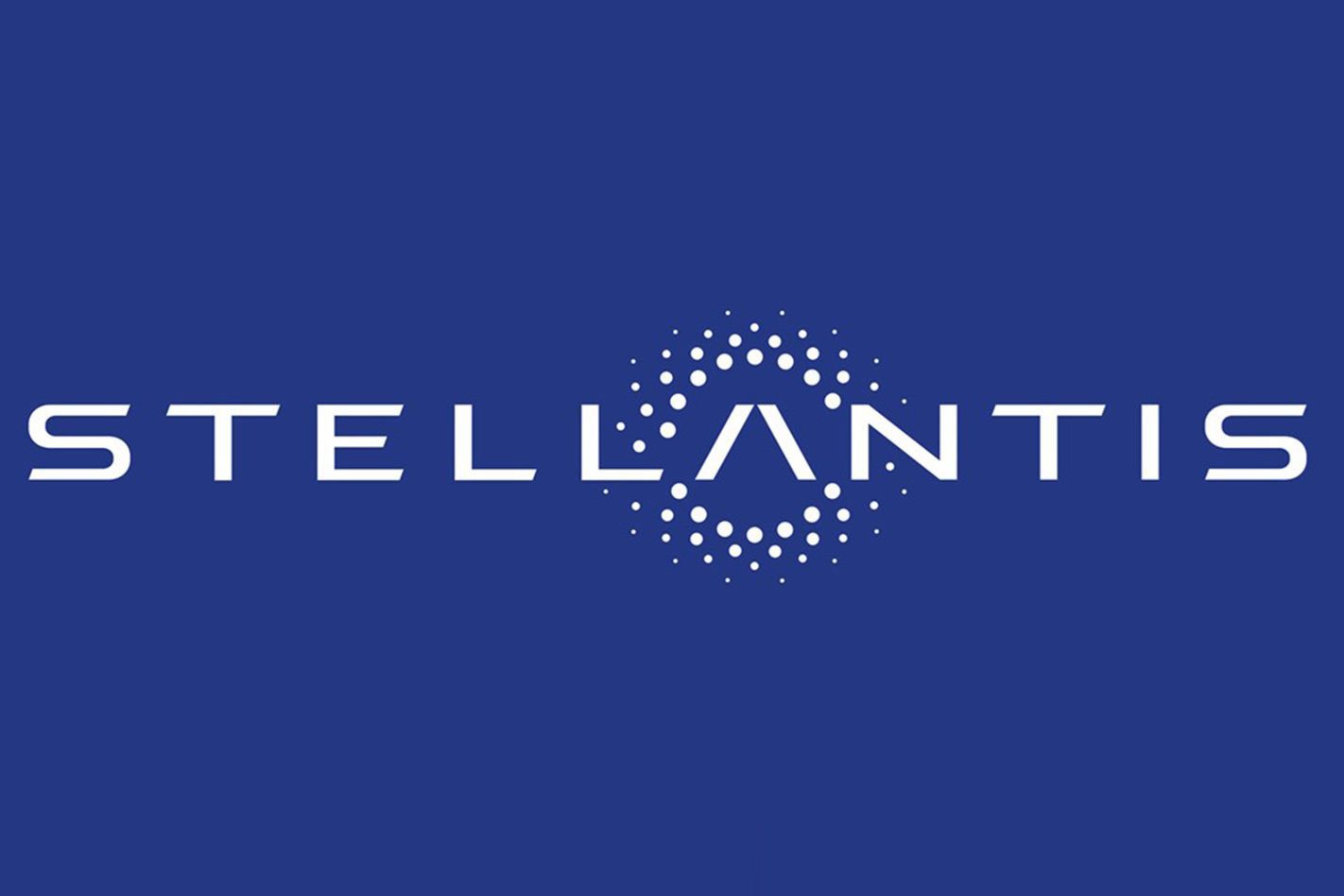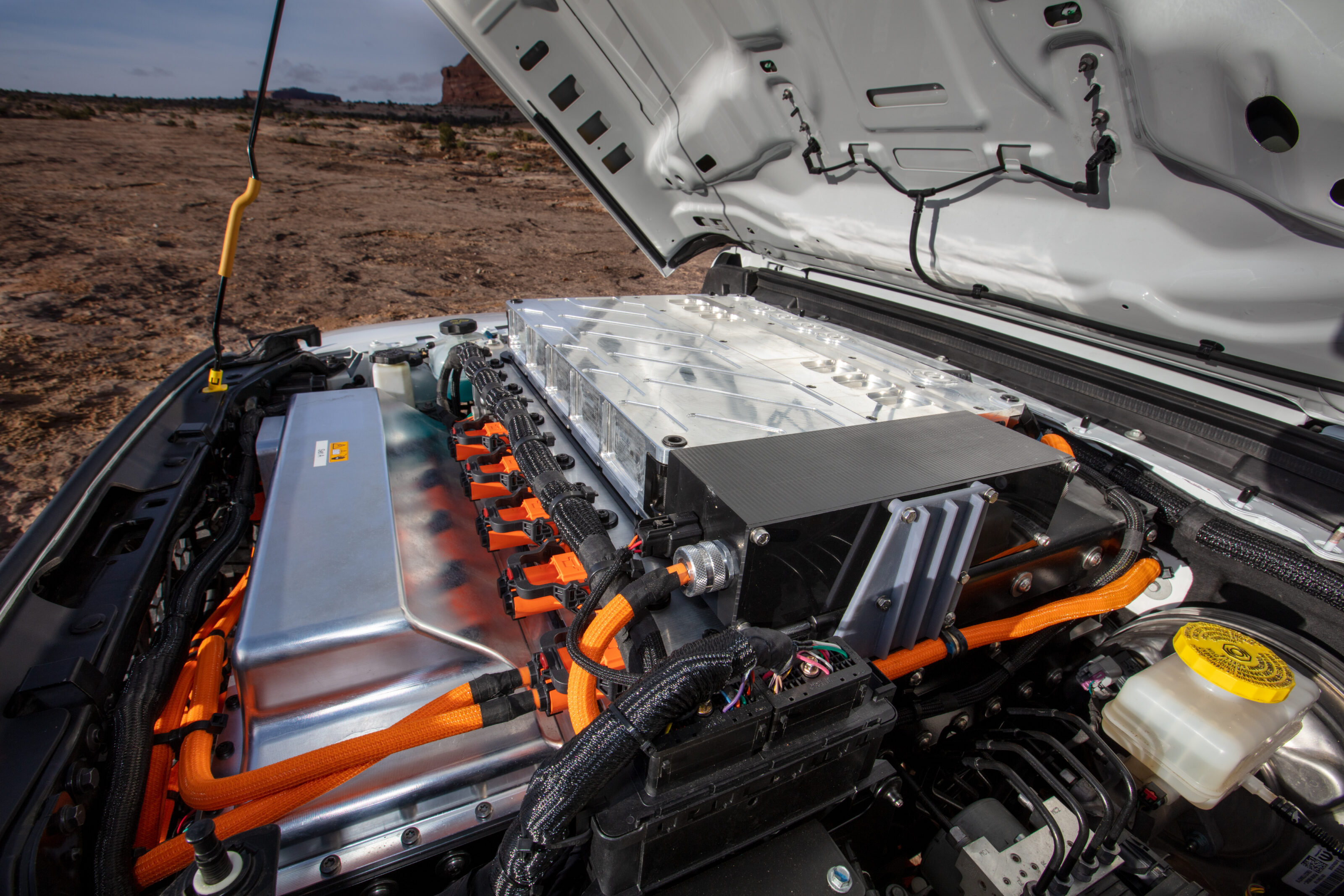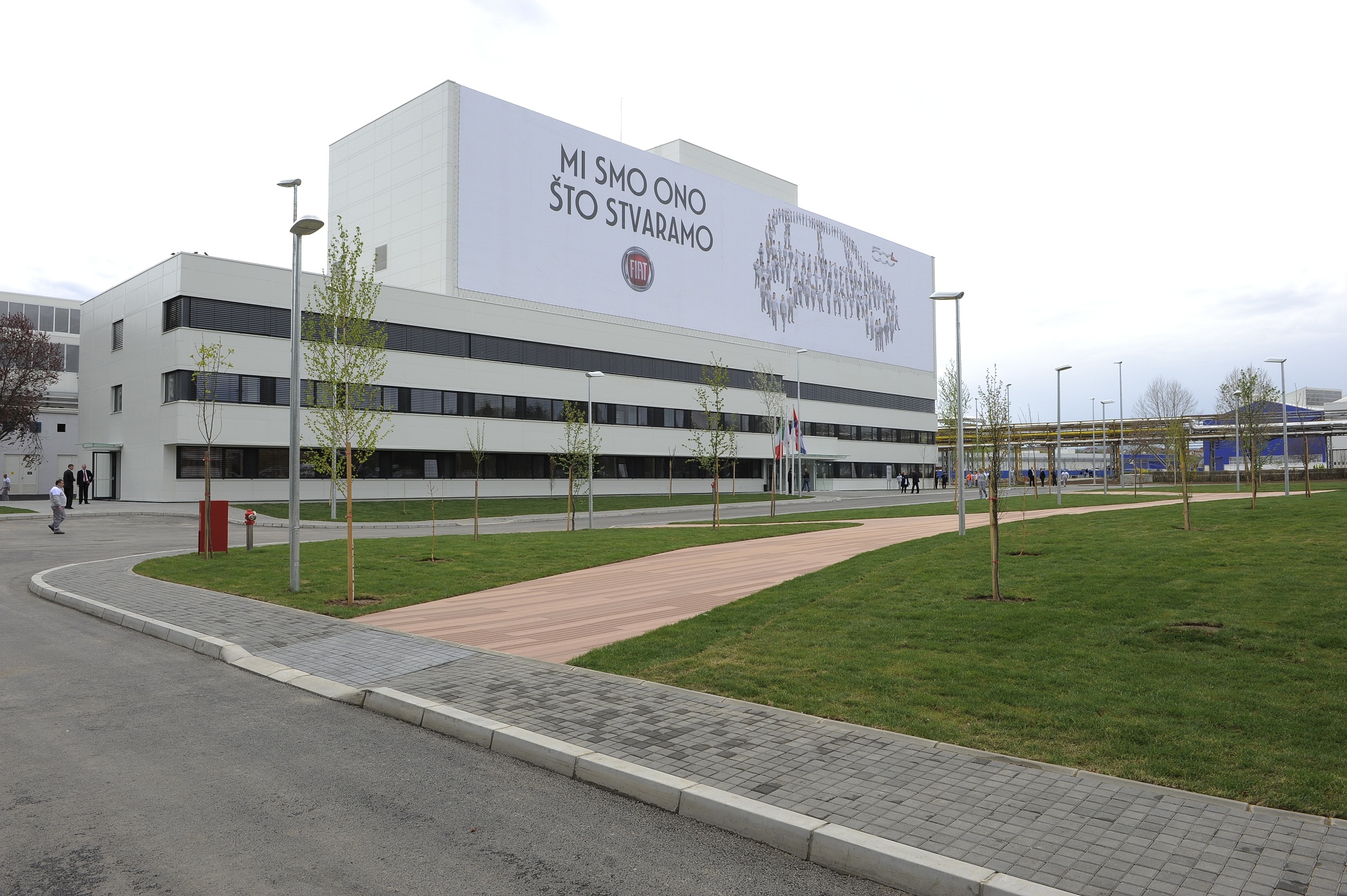Manufacturing conglomerate Stellantis is poised to begin producing electric vehicles in Serbia after signing a deal with the country’s government.
Stellantis will convert its current plant in Kragujevac, Serbia, to focus on producing an electric model – tipped to be a replacement for the Fiat 500L, one of the few cars exported from the facility.
The upgrades will come thanks to a €190 million (AU$280m) investment from the Serbian Government, with President Aleksandar Vučič signing the deal with Stellantis CEO Carlos Tavares to put the first vehicle into production from 2024.

Tavares said the yet-to-be-announced vehicle set to go into production at the facility will ride on one of the manufacturer’s planned EV platforms.
“This new platform for electric vehicles will fit perfectly with products from A, B and C categories and will improve efficient and clean solutions for urban mobility of our brands,” said Tavares.
“Together with stakeholders from Serbia, we will offer citizens freedom of movement and the fight against global warming through clean, safe and affordable solutions.
“This requires a 360-degree approach, from energy prices to incentives that support the market turn towards electric vehicles. The combination of these activities will put Serbia and Europe in a firm position in terms of the energy transition to affordable and sustainable mobility.”
Stellantis has previously announced a target of 100 per cent of its sales in Europe to come from EVs by 2030, with an aim of 75 models across its brands delivering five million units, helping it to deliver on its goal to go net-zero by 2038.
We recommend
-
 News
NewsStellantis ups the ante, commits to 100 per cent EV sales in Europe by 2030
At least half of Stellantis's US sales will come from EVs by the same year
-
 News
NewsStellantis records strong profit margin for 2021
Its first year as a collective has been a good one
-
 News
NewsStellantis set to sign €1bn deal with Italian Government for battery plant
The multi-national automotive manufacturer is pushing hard in its electrification strategy






